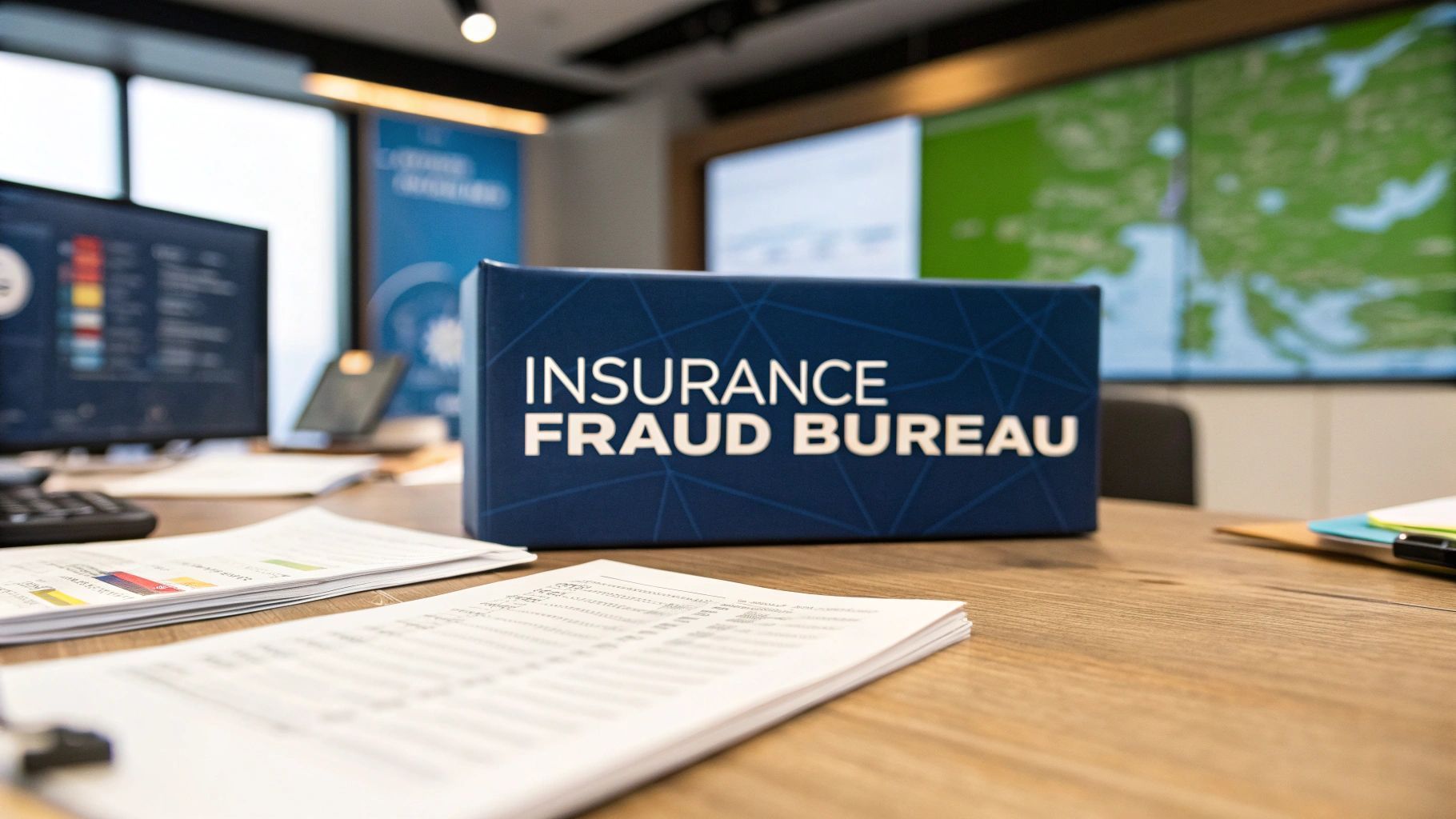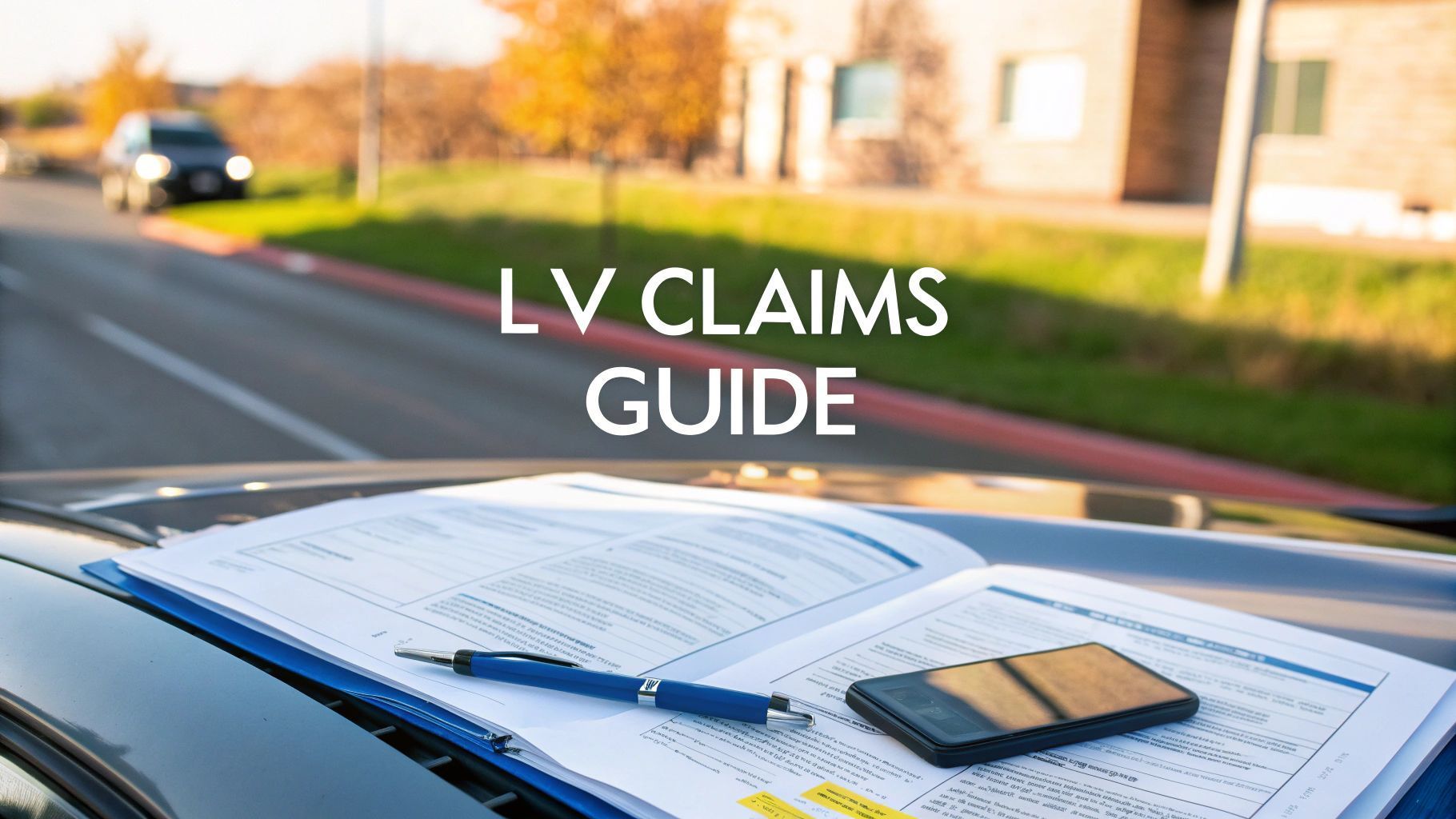The £308 Billion Problem: What Insurance Fraud Really Costs the Industry
Uncovering the financial and societal impact of insurance fraud in the modern market

The Scale of the Insurance Fraud Crisis
Insurance fraud is no longer a marginal issue. It has grown into a global problem estimated to cost the industry £308 billion annually. This staggering figure demonstrates the extent to which fraudulent claims undermine financial stability across multiple markets, from health and motor insurance to property and business cover.
Fraudulent activity not only damages the bottom line of insurers but also directly impacts businesses and policyholders. Every fabricated or exaggerated claim eventually feeds into higher premiums, reduced trust and greater operational strain for legitimate players.
Why Fraud is So Difficult to Tackle
The nature of fraud makes it challenging to address. False claims can range from small exaggerations on damage reports to complex, organised schemes involving multiple actors. Factors contributing to this difficulty include:
- The sheer volume of claims insurers must process every day
- The sophistication of criminal networks that exploit loopholes
- The growing use of digital platforms, which can conceal fraudulent behaviour more easily
- The difficulty in verifying certain types of claims without extensive resources
This complexity explains why fraud remains one of the most persistent problems in the sector, despite long standing detection measures.
The Impact on Businesses and Consumers
The consequences of insurance fraud extend well beyond insurers. Businesses face increased costs as insurers attempt to recover their losses through premium rises. For consumers, fraud erodes confidence in providers, reduces affordability of cover and can lead to slower processing of genuine claims.
In the UK alone, it is estimated that households pay hundreds of pounds more in premiums each year because of fraudulent activity. For businesses, particularly small and medium sized enterprises, the financial burden can be even greater as margins are already tight.
How Technology is Changing Fraud Detection
Insurers are increasingly turning to technology to identify and prevent fraud before it spirals out of control. Artificial intelligence, data analytics and machine learning are helping firms to spot unusual patterns, cross check claims more effectively and flag suspicious activity at scale.
For example, predictive analytics can highlight inconsistencies across claims databases, while automation reduces human error in reviewing documentation. This shift towards digital first solutions is critical in keeping pace with the evolving tactics of fraudsters.
Collaborative Solutions Across the Industry
No single organisation can solve the £308 billion problem alone. Tackling insurance fraud requires collaboration across the sector, including:
- Partnerships between insurers and technology providers to enhance detection tools
- Information sharing across borders to identify fraud networks operating internationally
- Stronger regulatory frameworks to support investigation and enforcement
- Consumer education to highlight the real cost of fraud on individuals and households
Through collective effort, the industry can create a more transparent and secure environment for both businesses and customers.
Looking Ahead
Insurance fraud is one of the most significant challenges facing the industry today. The £308 billion annual cost is not just a financial figure but a measure of lost trust, damaged reputations and reduced resilience across the global economy.
By adopting advanced technology, encouraging cooperation and educating consumers, the industry can reduce the impact of fraudulent behaviour and protect the integrity of the insurance ecosystem. What emerges is a stronger, fairer market where legitimate claims are honoured swiftly and dishonesty has fewer places to hide.












